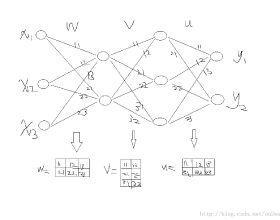Over a century ago, Ivan P. Pavlov, in a classic experiment, demonstrated how dogs can learn to associate a ringing bell with food, thereby causing a ring to result in salivation. Today, it is rare to find the use of Pavlovian type associative learning for artificial intelligence (AI) applications even though other learning concepts, in particular backpropagation on artificial neural networks (ANNs) have flourished. However, training using the backpropagation method on 'conventional' ANNs, especially in the form of modern deep neural networks (DNNs), is computationally and energy intensive. Here we experimentally demonstrate a form of backpropagation-free learning using a single (or monadic) associative hardware element. We realize this on an integrated photonic platform using phase-change materials combined with on-chip cascaded directional couplers. We then develop a scaled-up circuit network using our monadic Pavlovian photonic hardware that delivers a distinct machine-learning framework based on single-element associations and, importantly, using backpropagation-free architectures to address general learning tasks. Our approach reduces the computational burden imposed by learning in conventional neural network approaches, thereby increasing speed, whilst also offering higher bandwidth inherent to our photonic implementation.
翻译:一个多世纪前,伊万·帕夫洛夫(Ivan P. Pavlov)在一次经典实验中,展示了狗如何学会把铃声与食物联系起来,从而导致唾液化。今天,很少有人会发现使用帕夫洛维亚型关联学习来进行人工智能(AI)应用,尽管其他学习概念,特别是人工神经网络(ANN)的反向反向转换概念已经蓬勃发展。然而,使用“常规神经网络(ANN)”的反向调整方法进行的培训,特别是现代深度神经网络(DNN),是计算和能量密集型的。在这里,我们实验展示了一种使用单一(或摩托)关联硬件元素进行反向反向反向反向反向反向反向反向反向交流的学习形式。我们利用相位转换材料,与芯片级相联式定向对等组合,在一个综合的摄影平台上认识到这一点。然后我们利用我们的摩托德·帕夫洛维亚光质光学硬件开发一个扩大的电路网,提供基于单一元素协会的独特机器学习框架,而且重要的是,我们利用后向后向后向反向正正式平式结构结构结构来增加常规学习速度的系统,从而降低了我们的常规计算方法。




